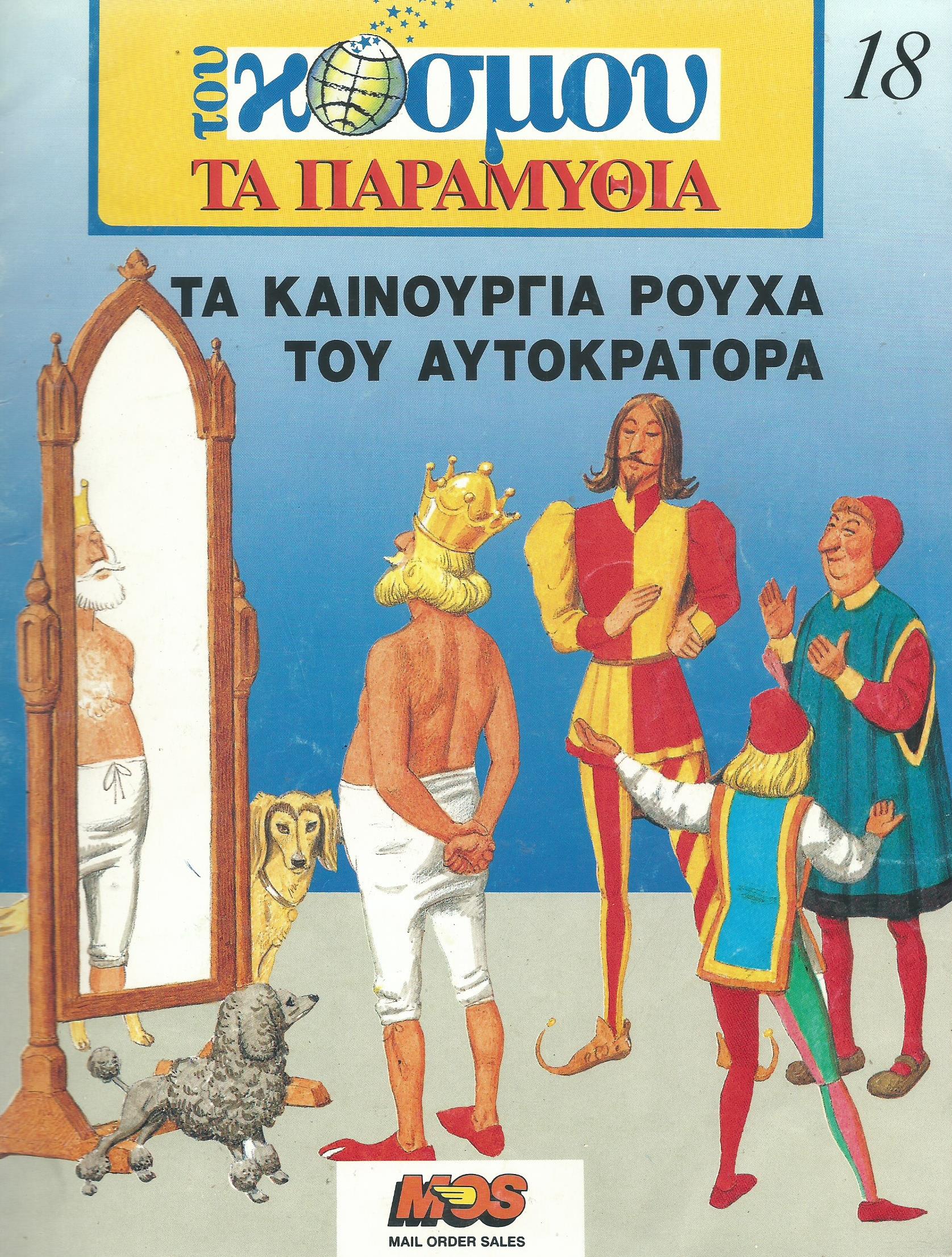 The Emperor’s New Clothes
The Emperor’s New Clothes
The Emperor’s New Clothes by Hans Christian Andersen bears a great resemblance to the world we live in and goes to the heart of two values that are so vital to our survival and well-being, truth and the courage to speak it or at least acknowledge it. This particular fairy tale does not include the usual fairies and the hero / heroine’s quest. It is the story of an emperor, who is preoccupied with his lavish wardrobe. We get the impression that he might be somewhat superficial, narcissistic; void of depth and certain virtues and qualities. In any case, he is in constant seeking of others’ admiration of his regal attire. Then two men appear in the emperor’s court, masquerading as weavers, who promise to weave the most magnificent clothes for the emperor out of a magic thread that remains invisible to those unworthy to discern it. It is as if they intend to set up an experiment to prove how easily people acquiesce to fallacies, believing what they are told to believe, overriding reason and their own perception of reality, disregarding their hearts and what is obvious to a young child before fear and shame based conditioning disfigures it. So the weavers set up a loom in public where they supposedly worked for hours with the invisible thread. And although nobody could see the woven fabric not one person dared to stand out and speak the truth of fear of being considered unworthy, and probably also, because they feared the consequences of doing so. The emperor also fears such exposure, so he decides to parade in the street in his invisible attire. It is a small child whose innocence, ignorance of consequences of speaking out like being thrown in dungeons, prison cells, etc, and whose mind is probably not yet programmed with so many inhibitions and prohibitions that is able to speak the truth, which penetrates the mass hypocrisy and paralysis. The child’s honesty seems to break the bubble or the mass trance. It is a young child whose curiosity and capacity to be mindfully in the present moment and to trust its own senses have not yet been corrupted by his/ her social environment that speaks the obvious. It is as if the young child has broken a spell, awakening everyone to what is in front of their eyes. This multilayered tale is so relevant to our world and living where we are more or less oblivious to reality and often too scared to speak the truth; to call out the naked emperor. The expression ‘the emperor has or wears no clothes’ describes our fear to stand up against the status quo, to express our truth and to examine what we have been told and unquestioningly believe and accept as our own truths. According to the Longman dictionary, it is ‘an expression often used to describe a situation in which people are afraid to criticize something because everyone else seems to think it is good or important’. As an idiom, ‘the use of the story’s title refers to something widely accepted as true or professed as being praiseworthy, due to an unwillingness of the general population to criticize it or be seen as going against popular opinion. The phrase “emperor’s new clothes” has become an idiom about logical fallacies’ (Wikipedia).Read more
